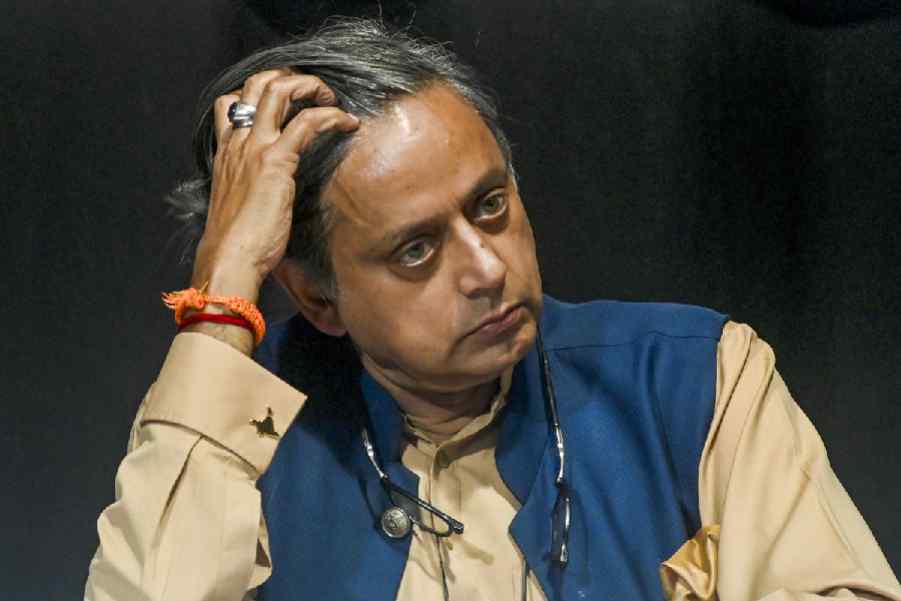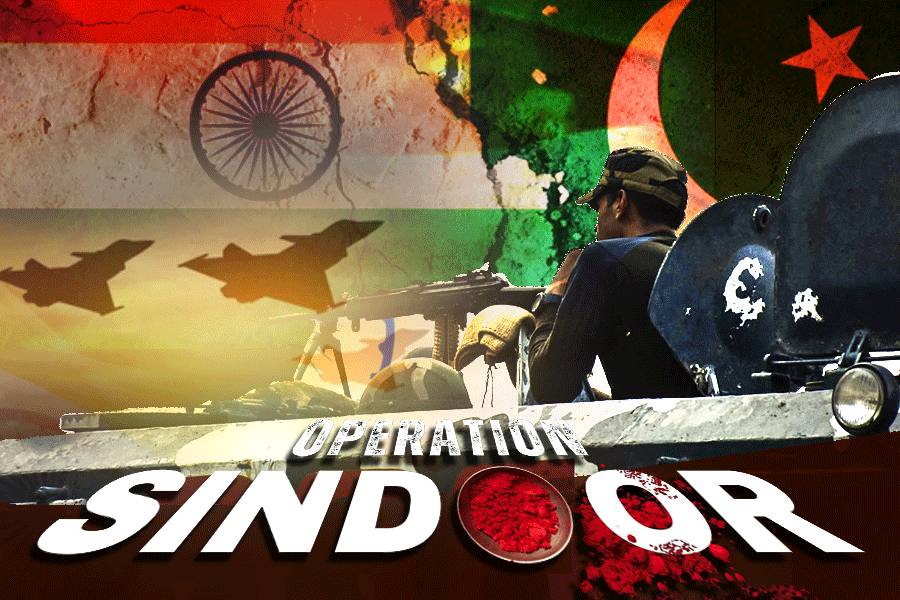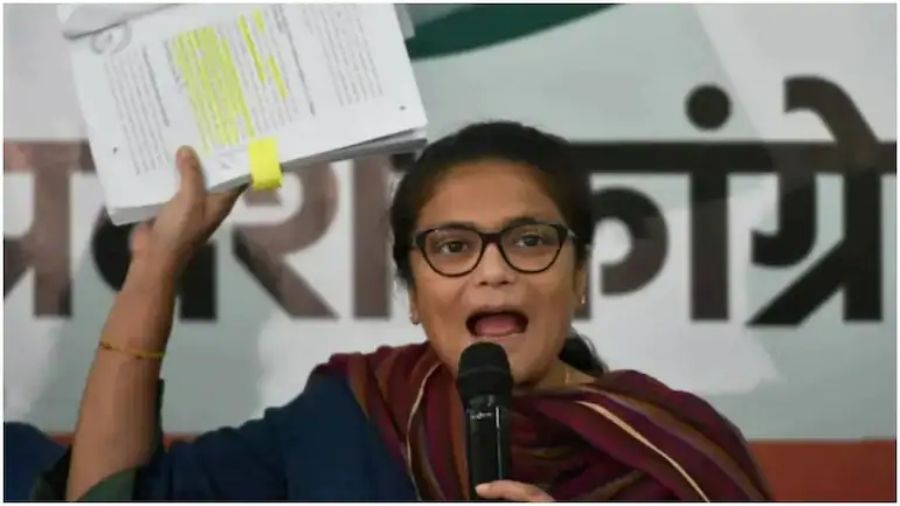
For centuries, as folklore goes, Jagannath with his siblings Balabhadra and Subhadra, comes out of the main Jagannath temple and is charioted to the Gundicha shrine on a particular day every year. This is called rath yatra, which covers a distance of 3km in Puri, on the eastern coast of India. The Odia almanac places the rath yatra on the second day of the waxing lunar cycle in Aashaadha month, which falls in June/July of the Gregorian calendar.

Jagannath on Grand Road
" Kahe Salabega hina jaati re mu jabana / Sriranga charana tale karuachhi janana" (Of a caste and religion Salabega is untouchable, yet I sing at your feet the colourful Lord) - These two lines epitomise rath yatra in Puri.
Salabega, the son of a Muslim father and a Brahmin mother, was the subedar in the army of Mughal emperor Jehangir. During 17th century, Puri used to be called Purushottam Chhatar in the Mughal's revenue records. Having been denied entry to the Jagannath temple because of his Muslim origin, Salabega was fixated to meet the deity on Grand Road, leading out of the temple. Jagannath's chariot Nandighosh still stops for sometime at Balagandi, the symbolic grave of Salabega, on its annual journey to the Gundicha temple.
This year, the devsnan purnima, the day the deity of Jagannath is given a bath, fell on June 28, 2018. With this bath begins the ritual ceremony of nursing the fever of Lord Jagannath away from the public, till the day of rath yatra.
Trans-humanism
Over ages, the chariot ride of the deities creates an extravagant pageant. One British crown administrator in the 19th century narrated his visual impression: "Having been called to witness, it is a pagan festival of operatic dimensions."
Thousands from all parts of India and other countries with no boundary on region, caste, colour, gender and age assemble for a day on this small stretch of 3km.
On a rainy afternoon in July 1969, as a sixteen-year-old, I walked down from the SCS College through Mochi Sahi to the bada danda. Three of us - my friends from the college - had gone to join the rath yatra.
Nearly 50 years later, I have lost touch with the other two. Yet the meaning of that day's events unfolds loud and clear.
Here is a festival, which brings out the God from the throne to mingle with the crowd. This God is cured of fever, leaves his wife Lakshmi and desires to enjoy his meals amid a nine-day vacation at his aunt's house. All the elements are in place to celebrate the human life. The scion of the erstwhile Puri royal family comes with a broom to clean the path of the three colourfully bedecked chariots. The deities are fed the bhog (meals), and then the Brahmin priests and the devotees draw upon the ropes to pull the chariots on wooden wheels.
The thousands of Salabegas, who are otherwise denied entry to the Jagannath temple, become a part of this journey. Close to the chariots, which move at creaking low speed, one can hear local people and priests hurling expletives and epithets.
The voices, symbols and rituals cement a collective psyche and speak volumes about a syncretic culture.
Salabegas mix with priests
Historians, researchers and religious leaders have brought out theories and records to establish the origin of rath yatra.
In a limited sense, within a life time, I have witnessed a movement to make the rath yatra a socio-religious event. From Jammu to Trivandrum, from Johannesburg to Tokyo, people love this opera of "God on chariot". They prostrate, pray, chant hymns and share meals. Presumably, centuries ago the masses must have demanded from the King and the Brahmin priests to bring out the deities from the sanctum sanctorum of Jagannath temple.
In a way, the God's coming out in public allowed the king and the priests to mix with the crowd.
In a world moving on the platforms of Facebook, Twitter, Instagram and WhatsApp, the wooden wheels of the chariots continue to hold a charm far above debate and research. "God is in humanity."
It is time to clean up Mochi Sahi, the lane I walked through to reach the Jagannath temple, and those myriad lanes and alleys leading to bada danda, where residents of Puri have lived for generations. These Salabegas have maintained a tradition of rath yatra through pain and suffering from malaria and filaria.











